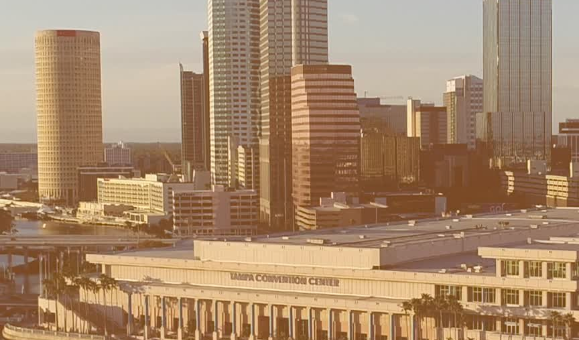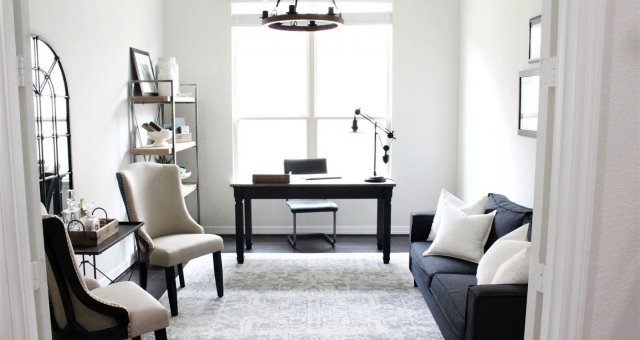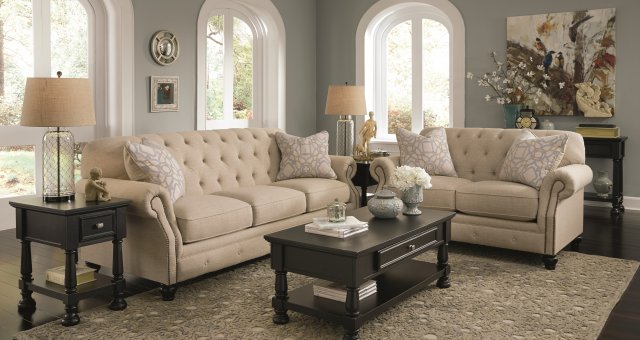Outdoor furniture transforms the basic patio or backyard into a living space that has the sky for a ceiling and the grass for a carpet. Yet, if your furniture can’t handle the elements in your area, the materials may break down, discolor, or grow mold long before you’re done using them. Getting the longest lifespan out of patio furnishings requires you to consider the right outdoor furniture materials for your climate.
What Materials Are Best for Outdoor Furniture?
If you’re wondering what truly is the best material for outdoor furniture, you’re not alone. There’s no one best material, only the best for each climate or average weather pattern. If you don’t consider the rainfall and temperature in your area, you may end up choosing a material that lacks the durability you need. Some materials are better at handling freezing temperatures than others, while UV resistance is a major concern no matter where you are. Consider especially the amount of rainfall and average humidity levels in your area since wetter areas tend to wear out some patio furniture materials faster than others. In general, depending on the climate, materials like metal, cast resins, recycled plastics, and wood can all offer the best advantages.
Year-Round Patio Furniture
In climates without extreme temperatures or heavy rainfall, wood is a good option. It’s easy to care for when not exposed to too much direct sun or high humidity. For drier and hotter climates, consider recycled plastic or metals like aluminum and wrought iron. They can all get hot from direct sun exposure, but they’re relatively UV resistant and won’t dry out and crack from dry weather. If you want to use wood outdoor seating sets in a dry and hot climate, keep them well-oiled or sealed to ensure the material doesn’t lose moisture year-round.
Waterproof Outdoor Furniture
For the wetter climate, where high humidity is a fact of life, you’ll want to look to waterproof outdoor furniture for longevity and durability. One of the best outdoor furniture material options for this kind of climate is cast resin. When it is used to make faux wicker, It can withstand the humidity and heat common to the Southeast. Aluminum is another good option because it’s corrosion-resistant and won’t rust even if the outer coating or sealant is compromised. Wrought iron and steel may be beautiful and durable, but both can rust in a humid environment. Recycled plastic works well but should be moved away from water sources over the winter to avoid lichen and moss growth. Wood is the most challenging material to use in this kind of climate.
Popular Patio Furniture Material Options
Real wicker was once popular, but it’s susceptible to damage from both UV rays and humidity. For a greater level of durability and the same classic style, consider resin wicker. Benches, seats, and outdoor sectionals made from this material shed water well and include UV stabilizers to keep sunlight from breaking them down over time.
The three main metals used for patio furniture today are wrought iron, steel, and aluminum. Aluminum best resists water and can handle high temperatures and direct sun exposure as well. Cast iron and steel won’t degrade from sun exposure, but they can rust if they lose their protective coatings.
For accessories like patio umbrellas, you’ll want to look for canvas designed for moisture and sun exposure. This is also true for any cushions and throw pillows used to soften the seating you choose. Cushions are usually designed to last a few seasons if you care for them, but choosing the wrong fabric could lead to mold and mildew issues within the first season of use.
Does the Material Affect the Furniture Design?
The material you select may indeed affect or limit the furniture designs you find. When searching for products based on the materials alone, you’ll notice that resin tends to be used for wicker or wood-style seating rather than other formats. Aluminum tends to follow a modern or contemporary style, while wrought iron often features a more traditional look. However, it just takes a little extra searching to match different materials to your desired style. There are modern wrought iron benches and traditional resin patio tables available for those who look for them.
Sealed or Painted Outdoor Furniture Material
Many outdoor furniture products are sealed, coated, or painted in some way before they arrive at your home. Keep an eye on these furnishings when using your patio or porch. Even the best materials for outdoor furniture often need touch-ups or recoating to prevent issues like rust or rot. Wood is the material that is most commonly painted or sealed before being used outdoors. Even rot-resistant woods like cedar often benefit from regular oiling to keep the wood from drying out and cracking. Aluminum and other metal furniture may just need a little extra clear sealant applied now and then to protect the surface. Look for a product that offers UV protection and bonds to the furniture material.
Protecting Outdoor Furniture Regardless of Material
Even if you don’t manage to choose the very best material for outdoor furniture, there’s a lot you can do to protect your investment from damage. All patio furniture will last longer if you take it out of the weather over the winter. You can cover each piece or leave them uncovered, but placing them in a garage or shed keeps UV rays off the surface and prevents water pooling and ice damage. Make sure to remove the cushions and store them separately. Flip the cushions regularly throughout the summer so that any water that falls onto the material has a chance to evaporate quickly. Keep sealants or paints on hand that are compatible with the material of the patio furniture so you can coat chips and scratches that occur from regular use.
Set up a whole new outdoor living experience with the help of high-quality patio furniture from Ashley. We have everything you need to set up an amazing patio or porch experience, including pieces made from all the best outdoor furniture materials.






Can we leave our Abbots Court resin furniture on our covered screen porch throughout the winter (sub-freezing) here in Michigan?